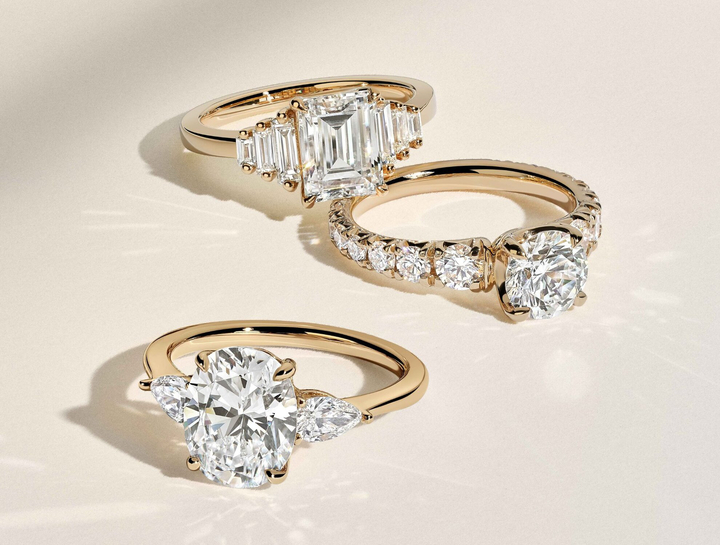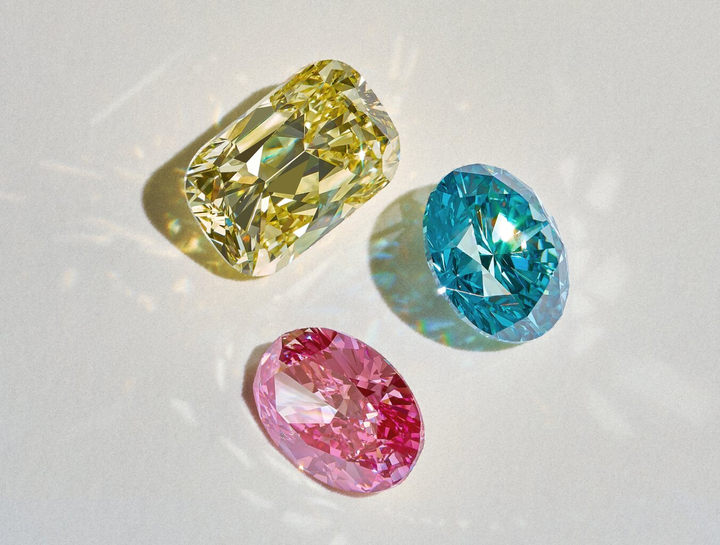Earrings
Rings
Necklaces
Bracelets
Earrings
Rings
Necklaces
Bracelets
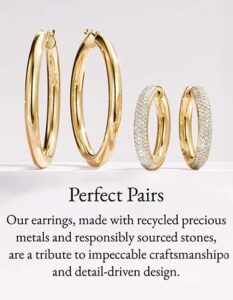
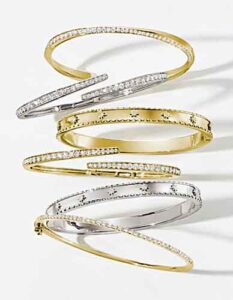
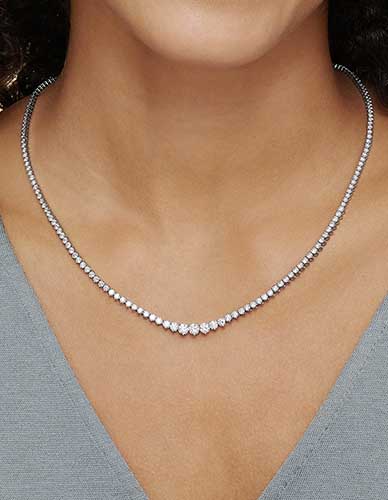
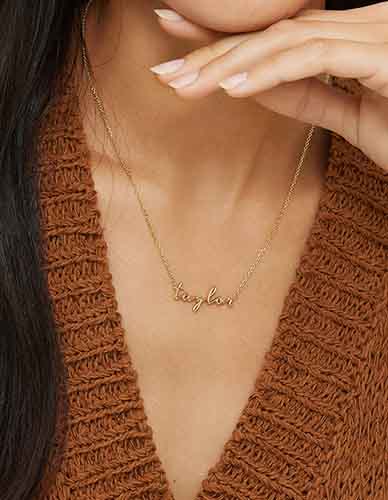
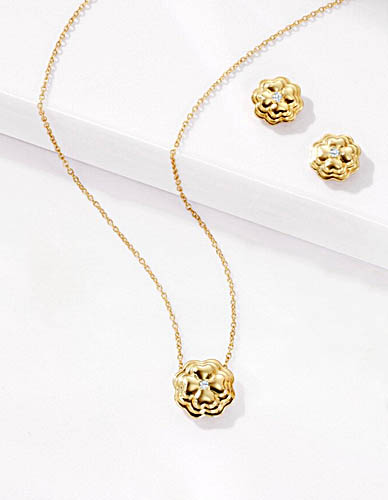





Explore our most sought-after women's wedding rings that showcase stunning, exclusive designs.
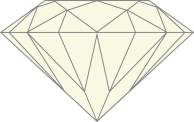
The flat surface at the top of the diamond.
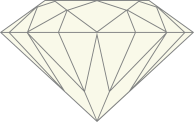
The top portion of a diamond, from the girdle to the table.

The flat surface at the top of the diamond.

The top portion of a diamond, from the girdle to the table.

The flat surface at the top of the diamond.

The flat surface at the top of the diamond.

The flat surface at the top of the diamond.
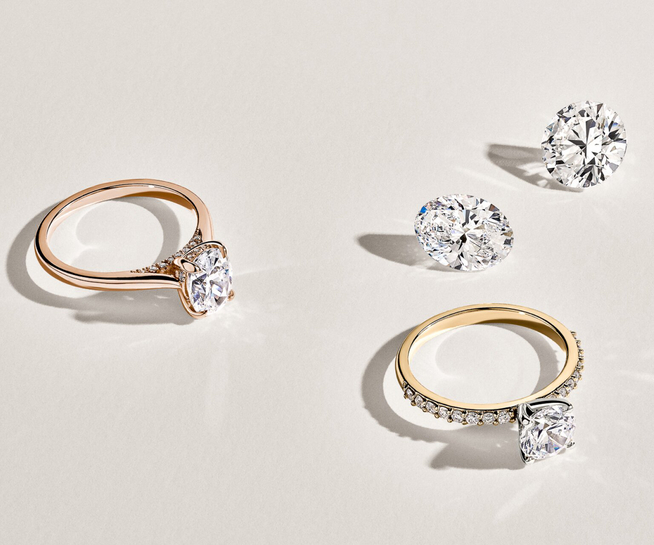
D, E, and F are colorless grades. D and E-colored diamonds have virtually no color, and F diamonds have a nearly undetectable amount of color that shows only in the face-down position (when the diamond is viewed from the bottom). These icy-white diamonds are the rarest and the highest quality in color.
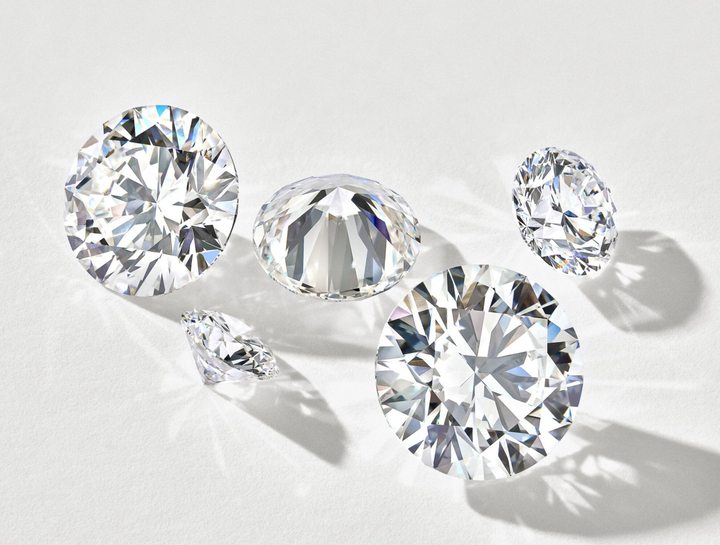
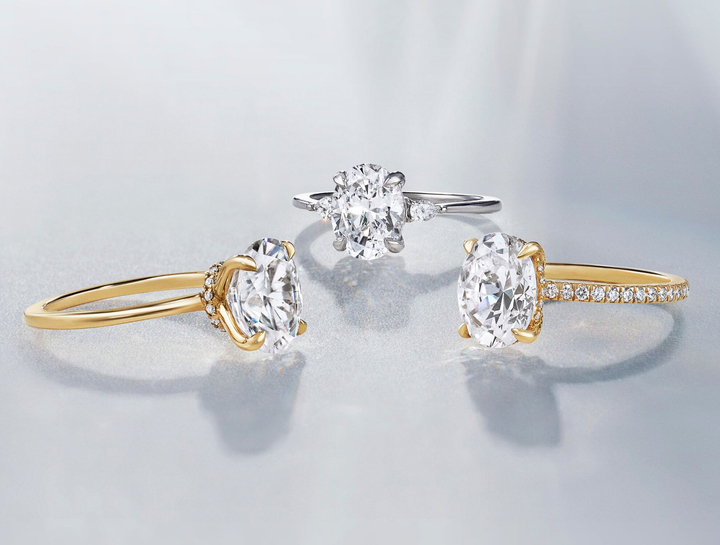
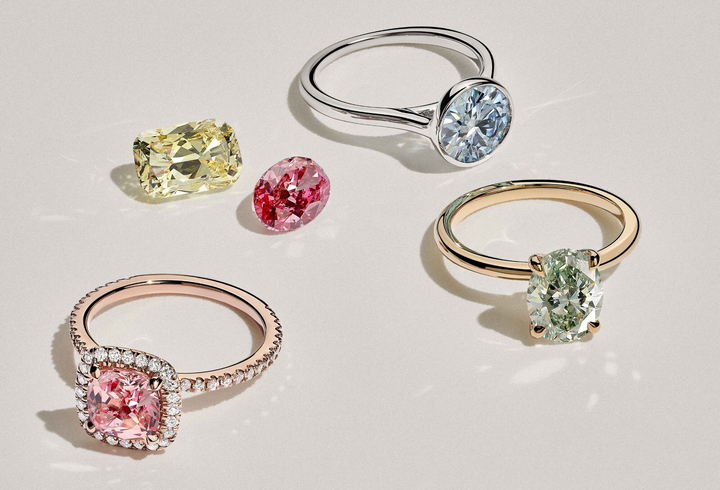
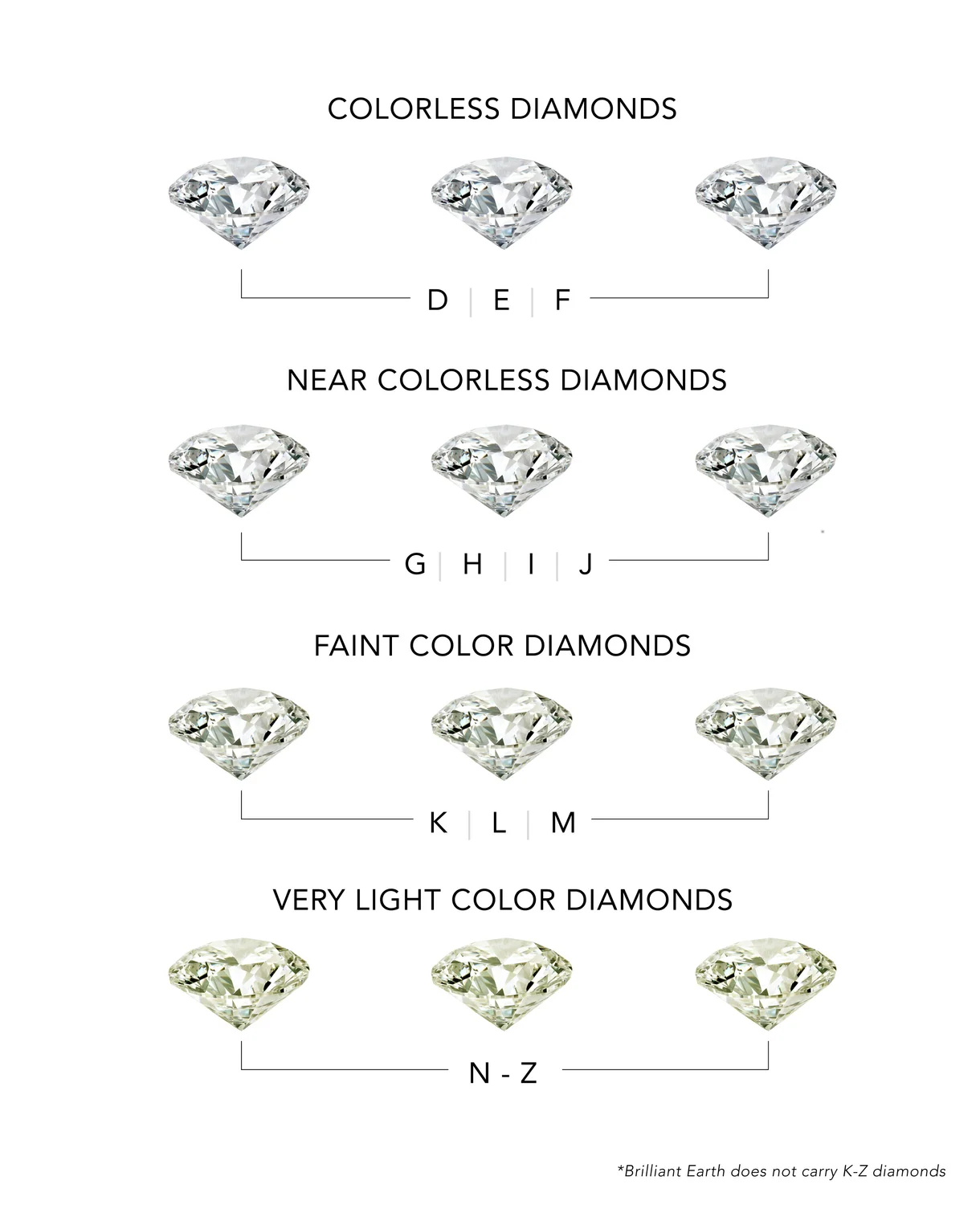
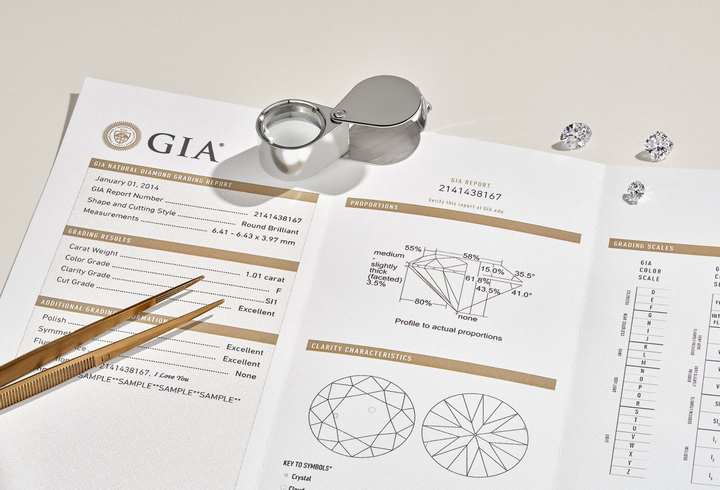
Color can be a very important factor when picking your perfect diamond. Not only does the quality of color grading affect a diamond’s price, but it can also significantly affect its appearance. Though icy, colorless diamonds are traditionally the most coveted, contemporary couples often opt for a diamond with a warmer tint, as it can display a unique and timeless look.
As always, finding the right diamond for you will involve discovering the right balance of the 4 C’s and your budget. If color is the most important factor for you, you may need to sacrifice on carat weight, cut, or clarity. Or vice versa, if carat weight, cut, or clarity is the most important, opting for a near-colorless diamond can be a better option than a colorless one.
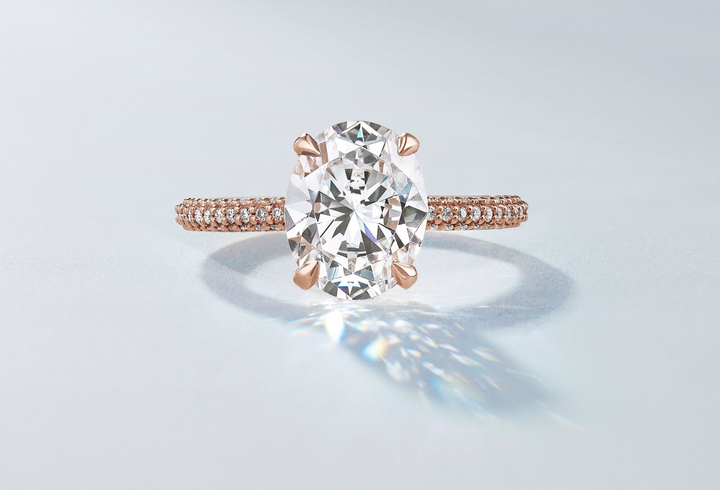
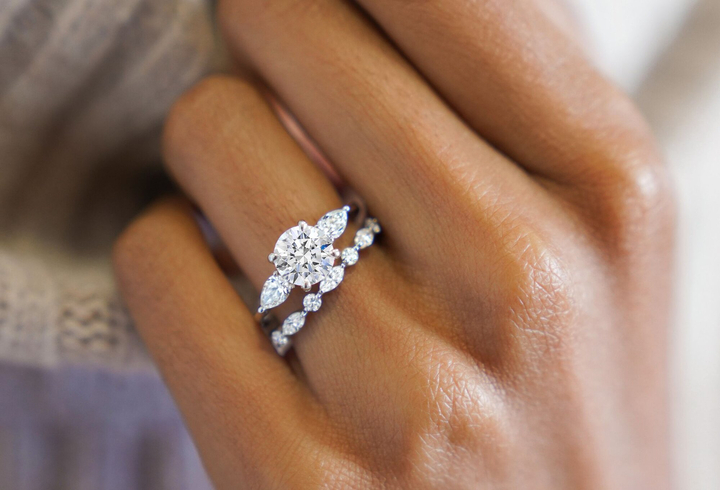
Color can be a very important factor when picking your perfect diamond. Not only does the quality of color grading affect a diamond’s price, but it can also significantly affect its appearance. Though icy, colorless diamonds are traditionally the most coveted, contemporary couples often opt for a diamond with a warmer tint, as it can display a unique and timeless look.
As always, finding the right diamond for you will involve discovering the right balance of the 4 C’s and your budget. If color is the most important factor for you, you may need to sacrifice on carat weight, cut, or clarity. Or vice versa, if carat weight, cut, or clarity is the most important, opting for a near-colorless diamond can be a better option than a colorless one.
